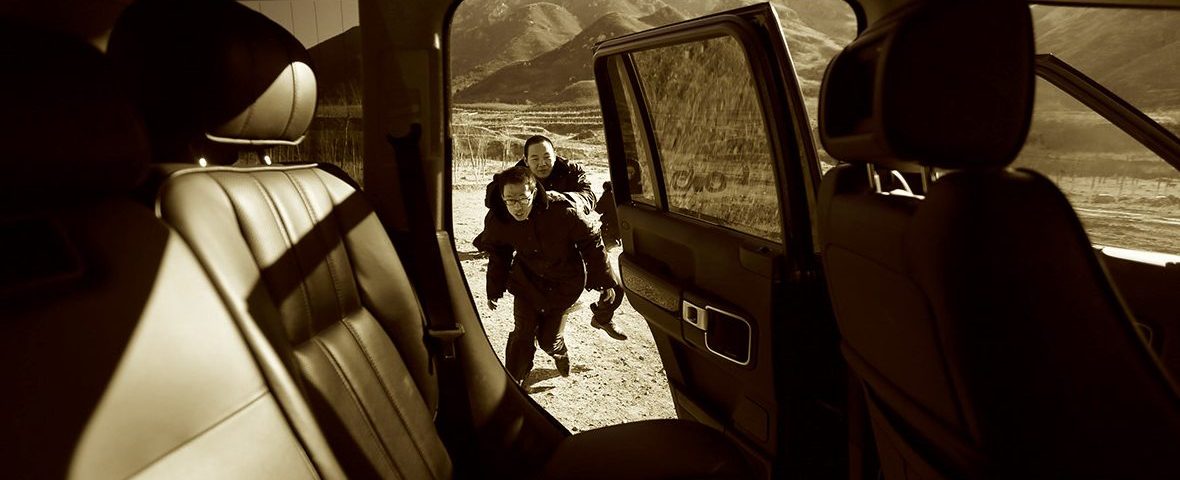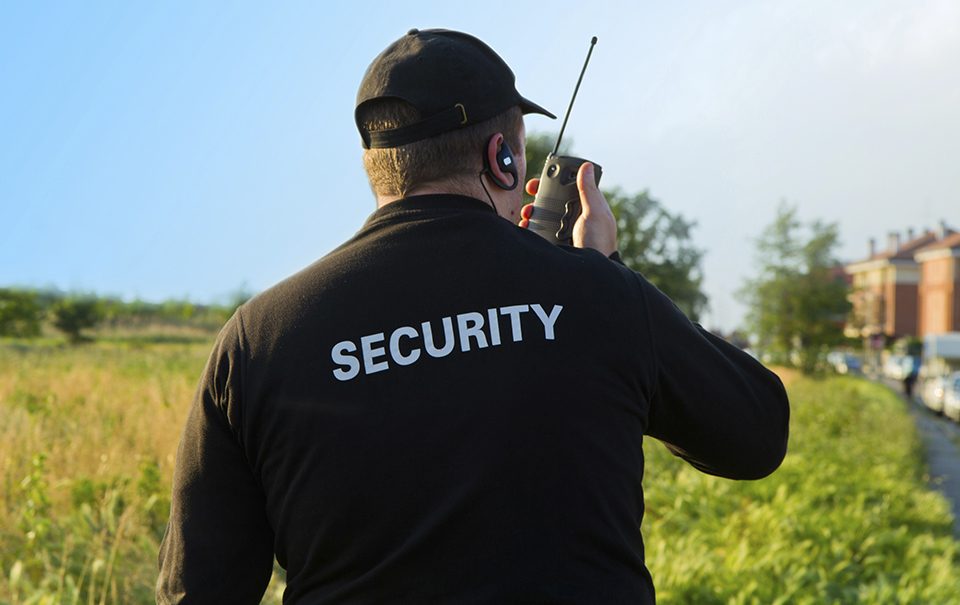Alertness
By Cecilio Andrade
A very basic definition of this concept, alertness, could be something like “situation in which the individual is awake and conscious.” So far nothing new, except for a small, tiny if you want, detail, are we going through life awake and conscious? For the vast majority of people the answer is simple, sometimes yes, most of the day is no. But to the greater misfortune, in the times that we are, we are not 100% aware or do not know how to use that attention effectively.
We live in a world full of saturated advertising, smart phones that steal our attention from the environment, when not our own “intelligence,” addictive “applications” to insane points, social norms of how to interact with the environment and others. Anyway, I’m sure you understand me without stretching any further.
In Daidóji Yúzan’s phrase, “the samurai from the doorway of his house, until he returns to it, acts as if he were in sight of the enemy,” we have the key to begin to create a firm, healthy base, of preventive alert. We must turn on our personal scanner, look and see our surroundings, hear and listen the environment, even smell. We must detect in advance what is out of place.
And there we have the key question, how do we look, listen and smell what is out of place? It is a difficult question to answer without deepening in matters such as the mental abilities and the practical knowledge of the environment in which we interact.
The most important of mental preparation (of mental alertness) is to generate the conscious effort to empty our mind of all the things that distract us from paying attention to what surrounds us. Clear the mind and prepare to be receptive to what is happening around us.

It is necessary to keep in mind that events and incidents can cause us to change the path, both physical and mental, to our destination. We can find ourselves in unfamiliar and strange areas with which we do not have experience to deal with. Just as we have to plan main, secondary, alternative routes, etc., for physical transportation, we must use the same criteria in mental responses; plan principal, secondary, alternative, emergency responses.
We could create an immense checklist of issues to analyze every step we take on the street, would it be useful? Would it be practical? Would it be realistic? Definitely not. We still must generate the attitudes to know how to recognize and evaluate what it is that we detect, because it makes us feel nervous and uncomfortable, because “it gives us Goosebumps”, because yes, that also happens.
In a slightly more mundane way, anyone recognizes that the danger is continually there. It is impossible to work continuously with a high state of alertness, it exhausts us and makes us lose concentration, and with it the alert we are looking for. That is why we must work with a moderate and reasonable level, but always with the predisposition to raise it.
It is simply knowing how to recognize the “alertness” in which we must be … by the way do we know?


